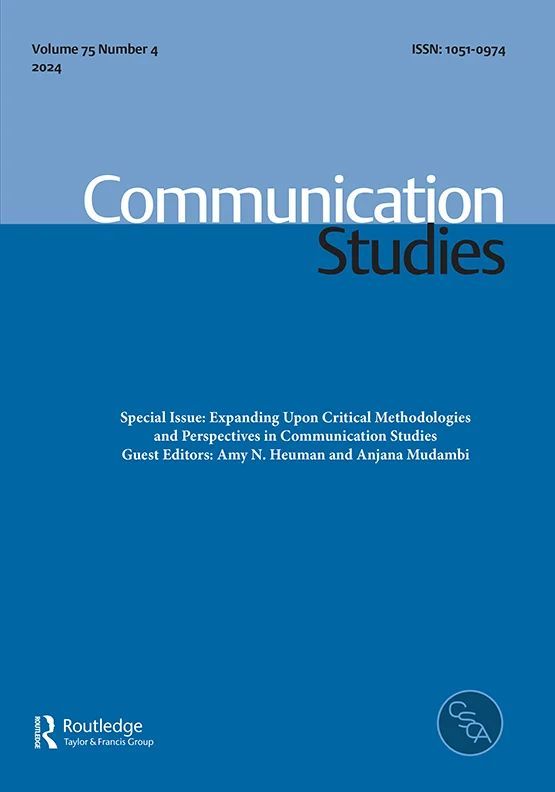Ilona Pezenka, Gerald Janous and David Dobrowsky from the Department of Communication, together with Lili Aunimo from the Haaga-Helia University of Applied Sciences in Helsinki, studied the emotionality of chatbots. Their results show that chatbots with emotional elements are perceived as more trustworthy and can improve interactive human-machine communication.
To offer people an interactive way of communicating online, chatbots are now being used in almost all areas – from business to education and healthcare. But there are still many unanswered questions concerning user experience. To answer some of these questions, the researchers from FHWien der WKW and their Finnish colleague studied how the chatbot’s expression of emotions affects the perception of chatbots. In an experiment, the responses of a task-oriented chatbot were supplemented with short, positively valenced emotional expressions and emotional images (emojis). The research team analyzed the effects of these manipulations on user perception in terms of trust, satisfaction, joy and authenticity.
The results, which were published in the current issue of the journal “Communication Studies”, show that the “emotional chatbot” was perceived as more trustworthy than the “neutral chatbot”. Users were more satisfied and had longer interactions with this chatbot. These results indicate that even slight variations in emotionality lead to significant difference in chatbot perception. The diverse design possibilities of modern GPT-based chatbots in terms of emotionality and communication style open many opportunities for future studies for our research team.

